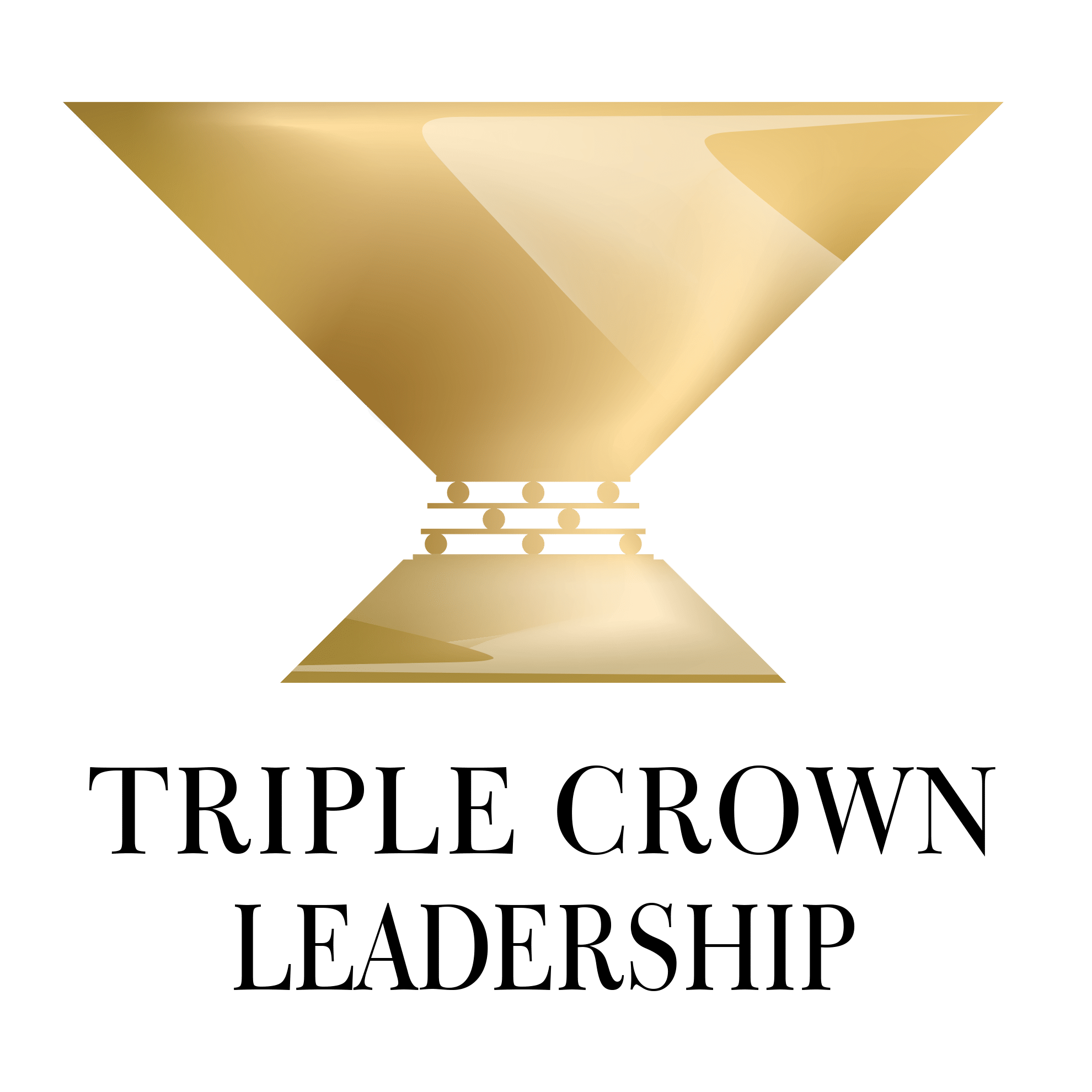It’s no secret that leadership can be brutally hard.
Think of all the things that can lead to organizational breakdowns as well as all the derailers that inhibit our leadership effectiveness.
Today’s Unique Challenges
But that’s just table stakes. As if those problems weren’t already enough, today we have additional challenges unique to our times that make leading well even harder. For example, here’s a list of ten such challenges, just for starters:
- Severe market volatility and economic uncertainty, along with political dysfunction and geopolitical conflict
- Staff and supply shortages leading to bad customer service
- Challenges in keeping teams connected with remote or hybrid workplaces
- Worker absences due to reluctance to return to the office
- Challenges with hiring and retention
- Continuing layoffs in many industries
- Resentment due to inflation costs outpacing compensation levels
- Growing needs for workplace support with mental health and wellbeing
- Challenges and opportunities associated with leading a diverse and inclusive workforce in times of mistrust, and division
- Fierce debates about hot-button political and social issues and whether leaders and organizations should weigh in publicly
“Today’s leaders face multiple, interconnected challenges, from economic uncertainty to geopolitical fragmentation to the climate crisis. The complexity of these issues requires a renewed focus on what makes an effective leader.”
-Klaus Schwab, Founder and Executive Chairman, World Economic Forum, January 2023
Making things worse, the challenges tend to exacerbate underlying dysfunctions in many organizations such as:
- Poor people practices (e.g., insufficient people development, tolerating toxic people, lack of empowerment, and more).
- Poor communication (e.g., not opening up the listening channels to understand worker frustrations, lack of contact between managers and workers, and more).
- Poor financial practices (consider Southwest Airlines’ recent meltdown due to failure to invest in critical software infrastructure).
- Poor operating practices (e.g., over-reliance on bureaucratic rules, lack of accountability, and more).

Leadership Derailers Assessment
Take this assessment to identify what’s inhibiting your leadership effectiveness. It will help you develop self-awareness and identify ways to improve your leadership.
Four Actions to Take
If your organization is struggling with these challenges and dysfunctions, do the following to turn things around:
- Return to your shared purpose, values, and vision
- Reinvest in your organizational culture
- Open a probing dialogue throughout the organization
- Launch action plans and Tiger Teams to address burning issues
We address each of these below:
1. Return to Your Shared Purpose, Values, and Vision
Any group or organizations is at its greatest risk when it fractures and people divide.
“A house divided against itself cannot stand.”
-Abraham Lincoln, former U.S. president
If your organization is divided, it will likely implode. Contempt and hostility are toxic.
The best way to coalesce an organization is to define its “colors.” In our book, Triple Crown Leadership: Building Excellent, Ethical, and Enduring Organizations, we defined the “colors” of an organization as its shared purpose, values, and vision. The colors provide meaning and coherence. They inspire and unleash people—and they build trust and organizational character. The colors unveil the heart and soul of an organization.
The purpose grounds, the values guide, and the vision inspires.
If you haven’t yet defined your colors, see our article, “How to Create a Shared Purpose, Values, and Vision.” If you’ve already done this, then it’s time to reemphasize them. Here are key actions to take:
- Check to see if all your divisions and departments are working coherently toward the shared purpose, values, and vision (consider using our Alignment Scorecard for this)
- Work to find more congruence between the organization’s shared purpose, values, and vision and those of its people
- Check to make sure everybody is familiar with the shared purpose, values, and vision
- Continue using the purpose, values, and vision in meetings, decision-making, hiring, performance reviews, and more
- Make sure the organization is upholding the shared purpose, values, and vision when the heat is on
- Consider updating the shared purpose, values, and vision if changes are warranted—via a collaborative synthesizing process

Alignment Scorecard
When organizations aren’t aligned, it can reduce performance dramatically and cause frustration and dysfunction. With this Alignment Scorecard, you can assess your organization’s level of alignment and make plans for improving it.
2. Reinvest in Your Organizational Culture
As champions and defenders of the shared purpose, values, and vision, triple crown leaders build a culture of character in their organizations. After all, a healthy culture is the legacy of good leadership.
Our article, “How to Change Your Organizational Culture,” defines a 12-step process for changing your culture—and creating your ideal culture. (If you haven’t yet defined your ideal culture, then doing so can be a huge step forward.)
Reinvest in your culture by doing the following:
- Give people an automatic license to lead as long as they uphold the shared purpose, values, and vision
- Inculcate an ethic of stewardship in the organization in which people go beyond their job descriptions by taking initiative, speaking up, and asking tough questions
- Ensure that everybody is working on the business and not just in it
3. Open a Probing Dialogue Throughout the Organization
It’s unrealistic to assume that you and your management team alone can mastermind the resolution of all these challenges. These challenges have tricky nuances. You need an-all hands, open dialogue of talking respectfully, listening actively, and then acting.
Raise your challenges to your senior management team and all your workers in open dialogue. Admit you don’t have all the answers and enlist their help. Discuss pressing issues directly in a spirit of cooperation and collective problem-solving. Seek common ground.
“Whenever people listen to one another humbly and openly,
their shared values and aspirations become all the more apparent.”
-Jorge Mario Bergoglio (Pope Francis)
Ask people for their ideas about how you can break through these challenges based on the colors you’ve defined and your ideal culture. In the dialogue process, be prepared for challenges to your conventional ways of thinking and acting. Be ready to try new ideas and launch experiments.
4. Launch Action Plans and Tiger Teams to Address Burning Issues
Action must follow dialogue. If meetings go on and on without coming to timely and definitive conclusions, then people will get frustrated. Use these six words to help drive things forward:
Action plans should include the several major, prioritized actions that must be taken at each level. They should be traceable to a schedule, ideally with a budget estimate, and unique for each person or unit. For example, “Mary will update the product X promotional campaign June 30, keeping campaign costs to a budget of $Y.”
Also use communication loops to make sure the action plans stay on track. This can include:
- Systems for capturing and analyzing data
- Key metrics reported widely and regularly
- Feedback and coaching for improvement
- Metrics connected to appraisals and rewards
- Dashboards of key financial, operating, customer, and sustainability data
Pairing action plans with communication loops will give your efforts a cadence, an “operating rhythm” that can help you turn what Jim Collins famously called “the flywheel.”
For the most important opportunities and challenges, form and unleash special Tiger Teams to address them. The Tiger Teams must have specific written authorization defining and scoping their work, a supportive Executive Sponsor, a well chosen leader, and maximum autonomy and urgency to attack the issues at hand. (See our article, “Ditch Frozen Structures for Tiger Teams.”)
There will be challenges with these action plans and Tiger Teams. You may have to stop doing what you’ve been doing and embrace whole new ways of operating. Some initiatives may fail. Trust the collective wisdom of your people. Unleash their initiative, creativity, and leadership. You’ll emerge stronger than before. And you’ll learn that great leadership is a group performance, not a solo act.

Summary
To address the unique challenges of our times, focus on these four actions:
- Return to your shared purpose, values, and vision
- Reinvest in your organizational culture
- Open a probing dialogue throughout the organization
- Launch action plans and Tiger Teams to address burning issues
Tools for You
- Leadership Derailers Assessment to help you identify what’s inhibiting your leadership effectiveness
- Personal Values Exercise to help you determine and clarify what’s most important to you
- Alignment Scorecard to help you assess your organization’s level of alignment

Personal Values Exercise
Complete this exercise to identify your personal values. It will help you develop self-awareness, including clarity about what’s most important to you in life and work, and serve as a safe harbor for you to return to when things are tough.
Related Articles
- “Is Your Organization Headed for a Breakdown?”
- “Leading through Chaos and Uncertainty“
- “What Are Your Leadership Derailers?”
- “How to Create a Shared Purpose, Values, and Vision”
- “How to Change Your Organizational Culture,”
- “Ditch Frozen Structures for Tiger Teams”
Postscript: Quotations
- “…seek companions with shared values.” -Gloria Steinem, journalist
- “…culture isn’t just one aspect of the game—it is the game.” -Lou Gerstner, former CEO, IBM
- “Culture eats strategy for breakfast.” -Peter Drucker, author and management consultant
- “Deep change requires us to take into account the diversity, opinions, consensus, and conflict present in relationships. Dialogue is the process by which a community’s broad-reaching needs can be met.” -Suzanne Maxwell

Triple Crown Leadership Newsletter
Join our community. Sign up now and get our monthly inspirations (new articles, announcements, opportunities, resources, and more). Welcome!
+++++++++++++++++++++++
Gregg Vanourek and Bob Vanourek are leadership practitioners, teachers, and award-winning authors (and son and father). They are co-authors of Triple Crown Leadership: Building Excellent, Ethical, and Enduring Organizations, a winner of the International Book Awards. Check out their Leadership Derailers Assessment or get their monthly newsletter. If you found value in this, please forward it to a friend. Every little bit helps!


